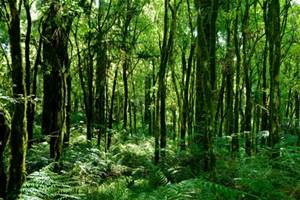
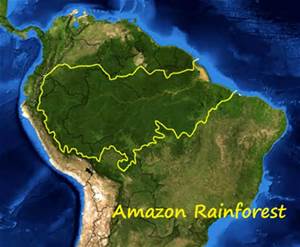
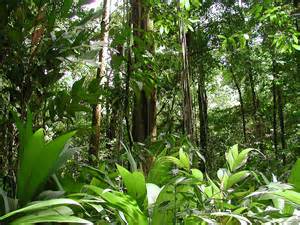
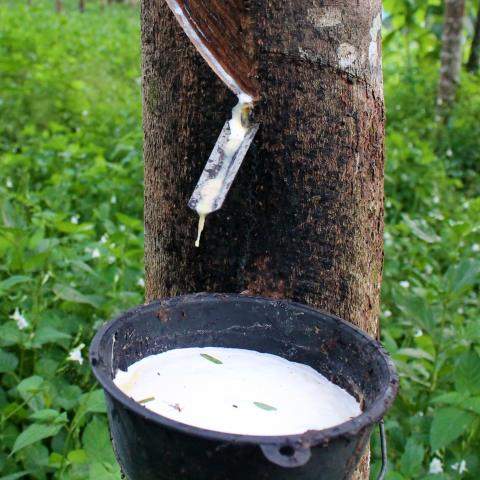
THE AMAZON MATTRESS:
Originally Native to the Amazon Rainforest.




Born from the Seed of the Hevea Brasiliensis Tree.
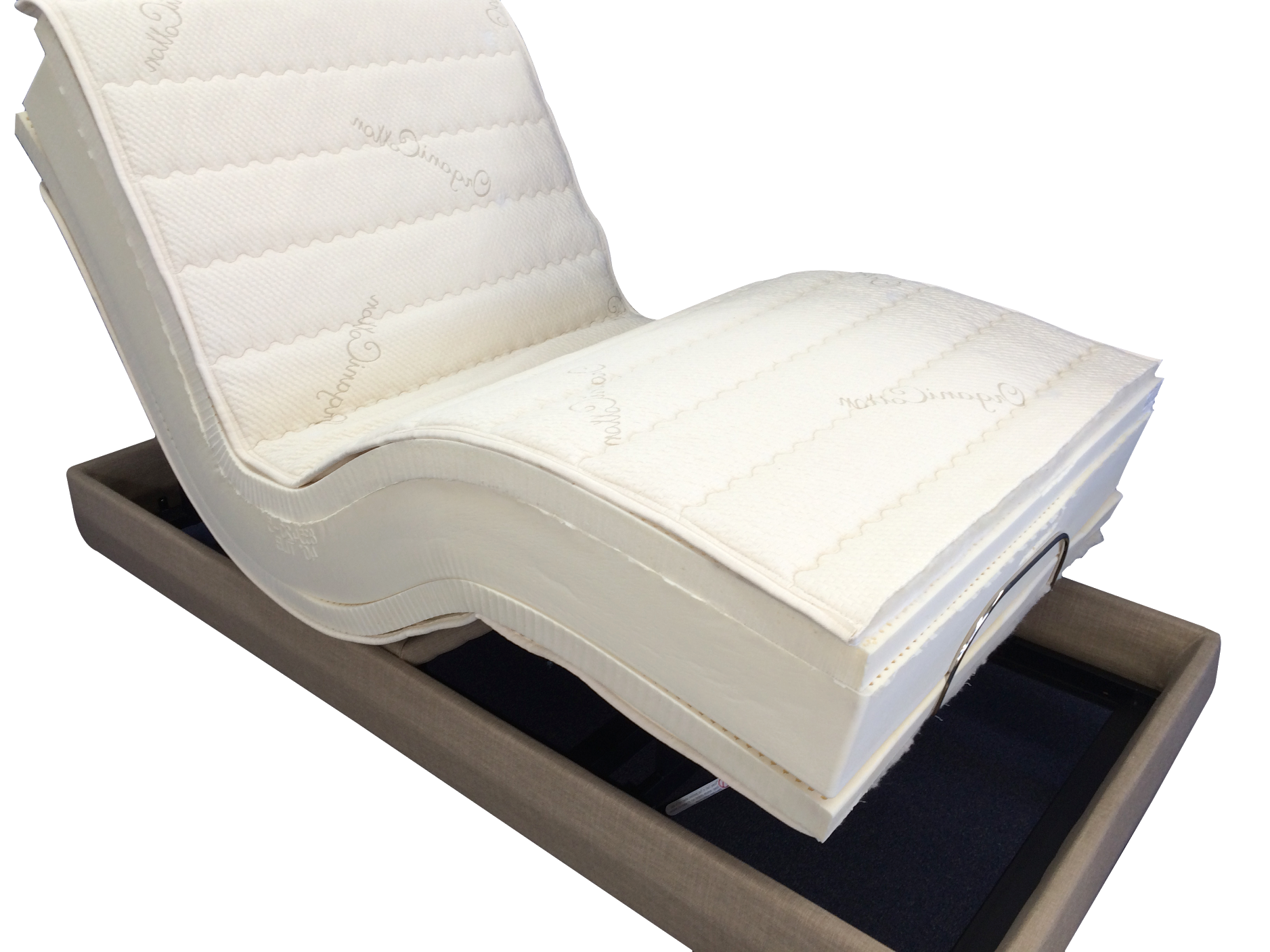
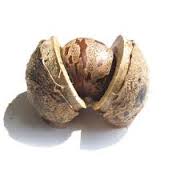
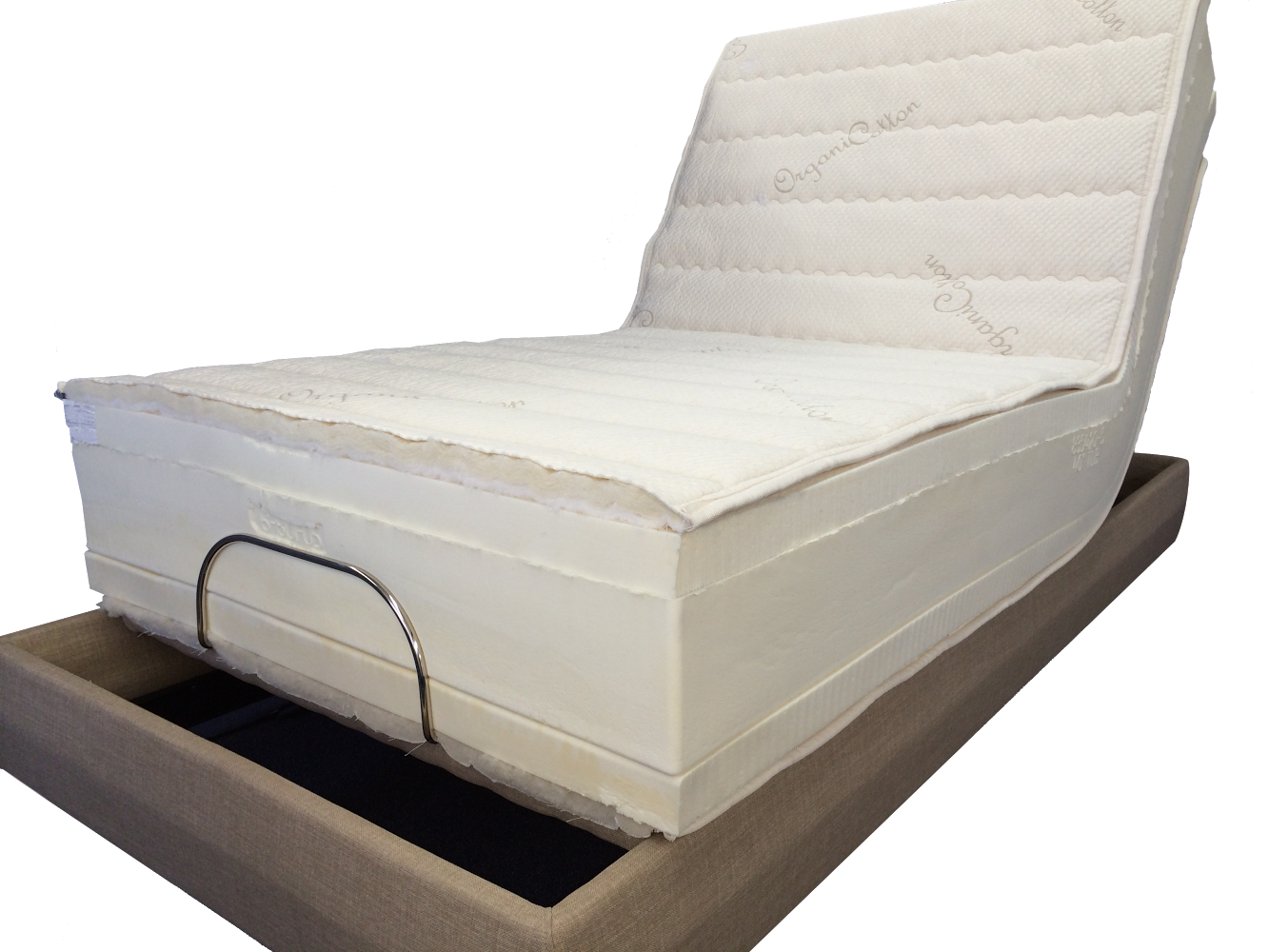
#1 Highest Overall Ratings in the Mattress Industry
BORN FROM THE SEED OF THE HELVITICA BRAZILLIAN TREE, ORIGINALLY NATIVE TO THE
AMAZON RAINFOREST,
THE ORGANICALLY NATURAL PURE LATEX MATTRESS IS MADE FROM MOTHER NATURE HERSELF.
CERTIFIED ORGANIC.
THE HIGHEST RATED, MOST RESILIENT, BOUYANT, PRESSURE-RELIEVING, SUPPORTIVE,
BREATHABLE,
DURABLE AND ORGANICALLY NATURAL. NO SYNTHETICS. NO POLYESTER.
NO TOXINS. NO CHEMICALS. NO FERTILIZER.
PURE. SIMPLE. LUXURIOUS SLEEP. THE AMAZON
MATTRESS.
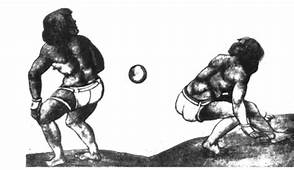
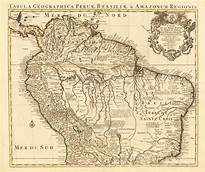
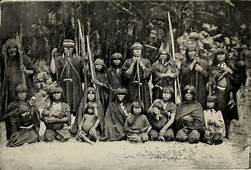
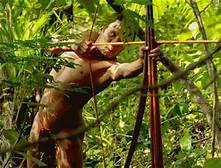
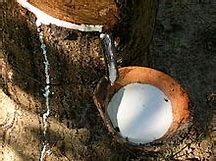
The first use of rubber was by the Omecs, who centuries later passed on the
knowledge of natural latex from the
Hevea
tree in 1600 BC to the ancient Mayans. They boiled the harvested latex to make a
ball for a Mesoamerican ballgame.
Rubber in Mesoamerica
Ancient rubber was made from latex of the rubber tree
Castilla elastica, which is indigenous to the tropical areas of southern Mexico
and Central America.
The latex was made into rubber by mixing it with the juice of what was likely
Ipomoea alba (a species of morning glory, a process which preceded Goodyear's
vulcanization by several millennia. The resultant rubber would then be formed
into rubber strips, which would be wound around a solid rubber core to build the
ball.
Archaeological evidence indicates that rubber was already in use in Mesoamerica
by the Early Formative Period ; a dozen balls were found in the sacrificial bog
and dated to roughly 1600
BCE. By the time of the Spanish Conquest, 3000 years later, rubber was
being exported from the tropical zones to sites all over Mesoamerica.
Iconography suggests that although there were many uses for rubber, rubber balls
both for offerings and for ritual ballgames were the primary products. To both
the Aztecs and the Maya, the rubber latex that flowed from the tree represented
blood and semen. Rubber was therefore symbolic of fertility, and was often
burned, buried, or (fortunately for archaeology) laid in a sacrificial pool as
an offering to various deities.
The major commercial source of natural rubber was the Hevea Brasiliensis rubber
tree.
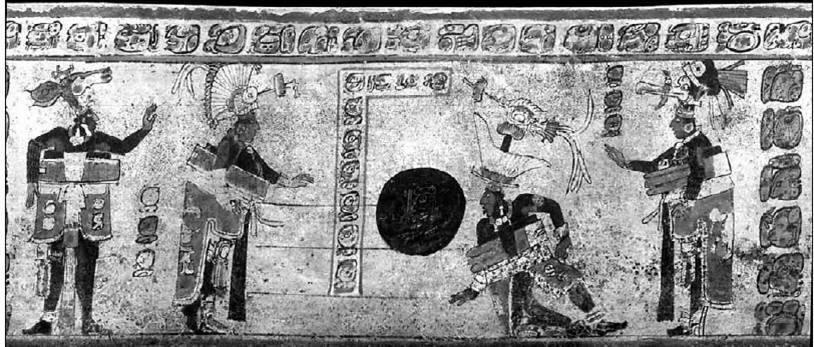
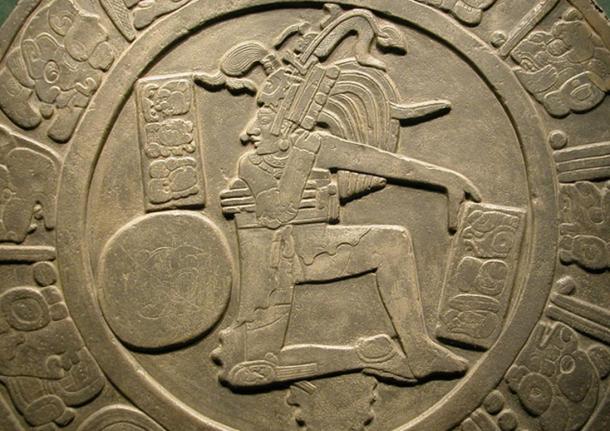
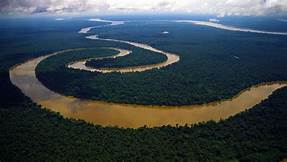
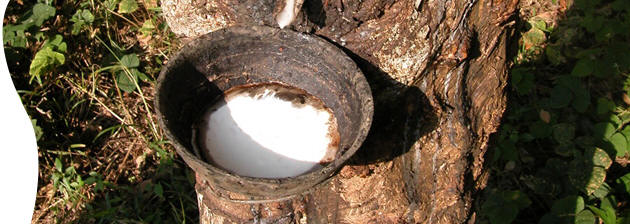
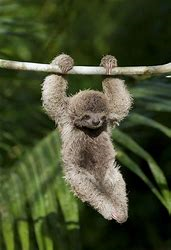
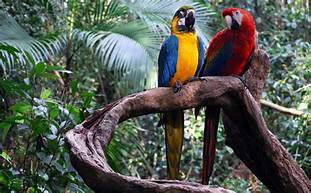
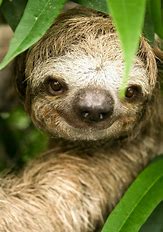
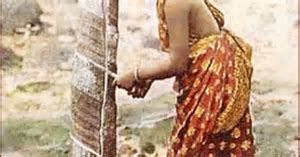
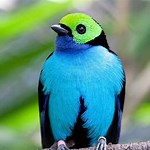
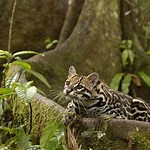
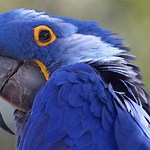
Close to 21 million tons of rubber were produced in 2005, of which approximately 42% was natural. Since the bulk of the rubber produced is of the synthetic variety, which is derived from petroleum, the price of natural rubber is determined, to a large extent, by the prevailing global price of crude oil. Today, Asia is the main source of natural rubber, accounting for about 94% of output in 2005. The three largest producing countries, Thailand, Indonesia (2.4m tons) and Malaysia, together account for around 72% of all natural rubber production. Natural rubber is not cultivated widely in its native continent of South America due to the existence of South American leaf blight, and other natural predators of the rubber tree.


Rainfall of around 250cm evenly distributed without any marked dry season and with at least 100 rainy days per year; Temperature range of about 20 to 34c, with a monthly mean of 25 to 28 inches; High atmospheric humidity of around 80%; Bright sunshine amounting to about 2000 hours per year at the rate of six hours per day throughout the year; Absence of strong winds; Many high-yielding clones have been developed for commercial planting. These clones yield more than 2,000kg of dry rubber per hectare per year, when grown under ideal conditions

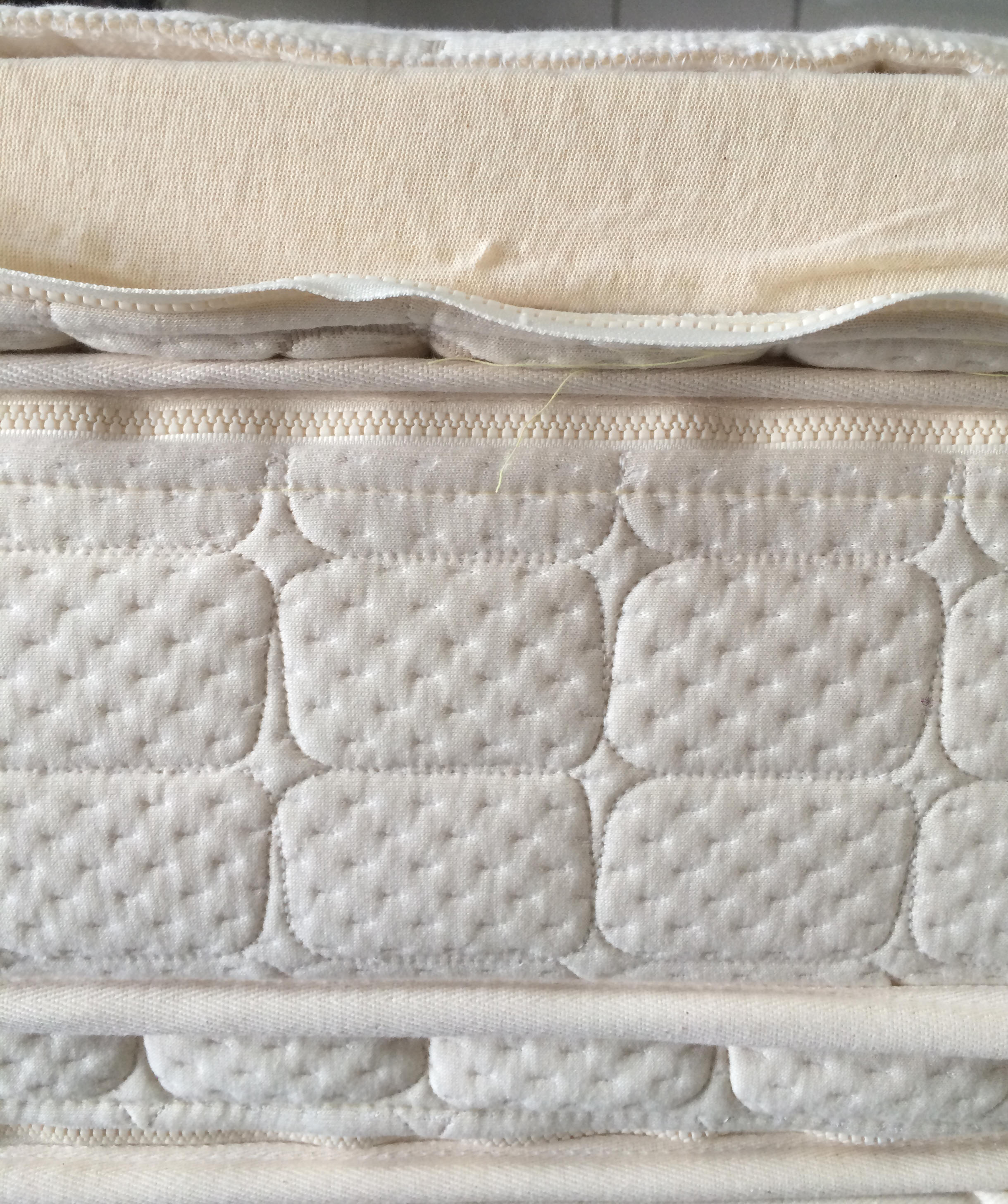
Amazon Mattress
Born from the Amazon Rainforest